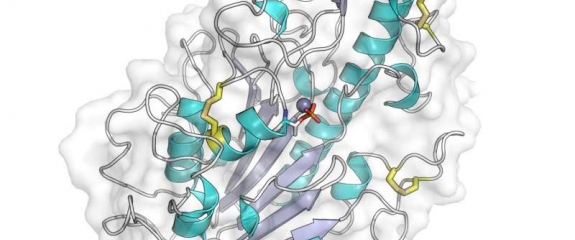How bacteria resists 'last-resort' antibiotic

The first clues have started to emerge as to how the mcr-1 gene protects bacteria from colistin - a 'last resort' antibiotic used to treat life-threatening bacterial infections that do not respond to other treatment options. Last year, a team of international researchers, led by the School of Cellular and Molecular Medicine, Bristol, identified mcr-1 as the first colistin-resistance gene that could be passed between bacteria, enabling resistance to spread rapidly within a bacterial population. Since then, the mcr-1 gene has been detected in common bacteria, such as E. coli, in China and the USA as well as across Europe. It was first observed in farm animals and then, more worryingly, in humans. The agricultural use of colistin has been linked to the spread of mcr-1, and in response to these findings the Chinese government has banned use of colistin in animal feed.
Colistin acts by binding to, and disrupting, the outer surface of bacteria. Bacteria carrying the mcr-1 gene make a protein that modifies the bacterial surface to reduce colistin binding. This offers a degree of resistance to the organism. The team used X-rays to generate detailed pictures of the protein, including the part believed to be responsible for the modification. Key features thought necessary for the protein to function were identified. Computer models of the chemical reaction that leads to resistance were also created. It is hoped this will provide important clues as to how mcr-1 acts within the bacterial cell and guied efforts to identify ways of blocking MCR-1 and restore colistin's activity against bacteria carrying mcr-1.


